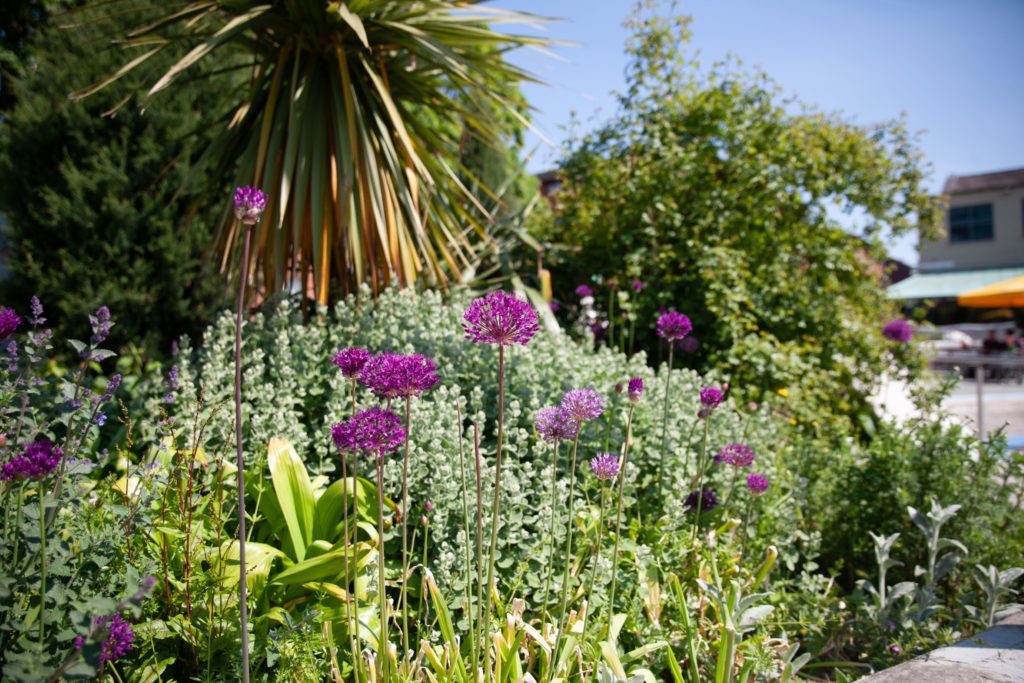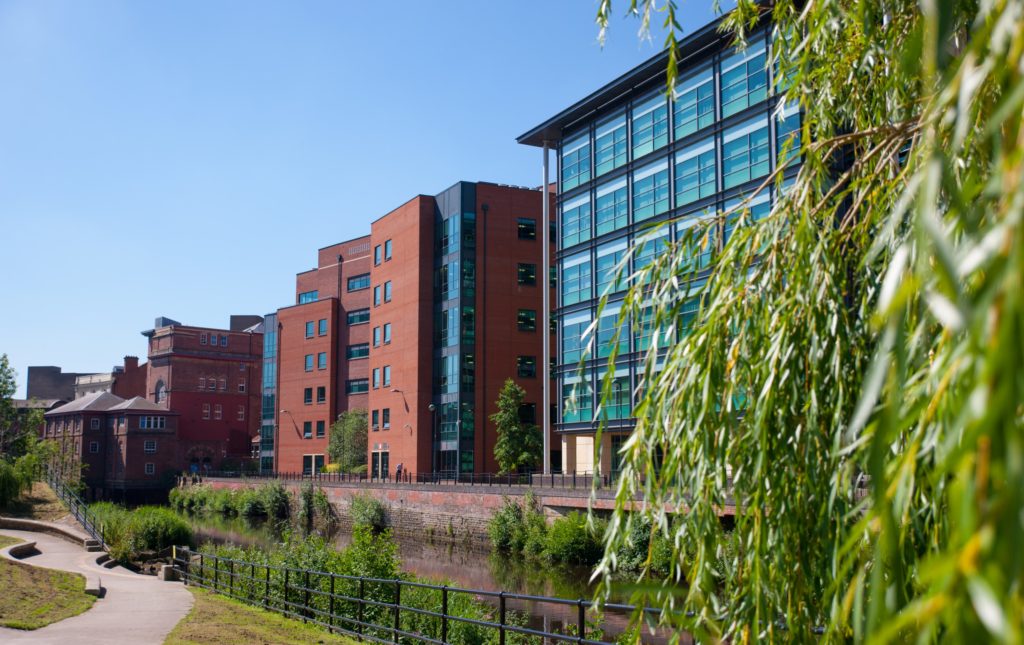By Saturday morning, February 1st the UK will have left the European Union. With more than 3 years of uncertainty behind us, I am looking forward to a post Brexit future.
The turmoil over Brexit put a break on the development industry. Business slowed, the number of planning applications submitted in 2019 was 5% lower than in 2018 and the number of new homes being built also dropped.
As long as the economy of the UK can adjust and with good trade deals with the EU and the rest of the world the key drivers for the development industry and its capacity to deliver development have not changed.
The country needs new infrastructure. It needs better public transport, it needs new building for business and it needs many new homes. We must meet the basic needs for work and a secure home with the provision of educational and health facilities and somewhere to shop and we need to accommodate a growing population. With climate change we will need to de-carbonise and the challenge will be to bring development forward while also reducing the country’s carbon emissions.
The development industry will have to adopt new building techniques, planning will be increasingly important and will need to co-ordinate development with the provision of services to reduce the reliance on the private car. The development industry will have to take account of the cost of releasing carbon while also expanding its capacity to build, and increasing training.
Creating sustainable development will become increasingly difficult if we do not increase the environmental capacity of the earth. Development will need to be coupled with human interventions and changes in lifestyles. This will mean planting trees, taking carbon out of the atmosphere, creating more space for wildlife, enhancing biodiversity and reducing meat consumption, creating less waste and using locally sourced foods.It will also include constructing zero carbon buildings and locking carbon into buildings.
At Planning & Design Practice we are developing zero carbon homes. A sustainably sourced timber building locks up carbon, creating space to plant new trees. Using air source and ground source heat pumps powered by electricity from non- fossil fuel sources (including PV and battery storage) a new home can be reliably heated without the need to burn fossil fuels. We are also looking at retrofitting, re-using old buildings for new purposes and exploring circular cities, with the re-use of all building materials.
Climate change will foster changes in lifestyles, and can foster healthy cities and towns. Reductions in air pollution from lower car use, greater use of public transport, cycling and walking will make people fitter, reducing pressure on the health service. It will also foster greater social inclusion as people have to live more communal lives leading to less social isolation.
Jonathan Jenkin, Managing Director, Planning & Design Practice Ltd






